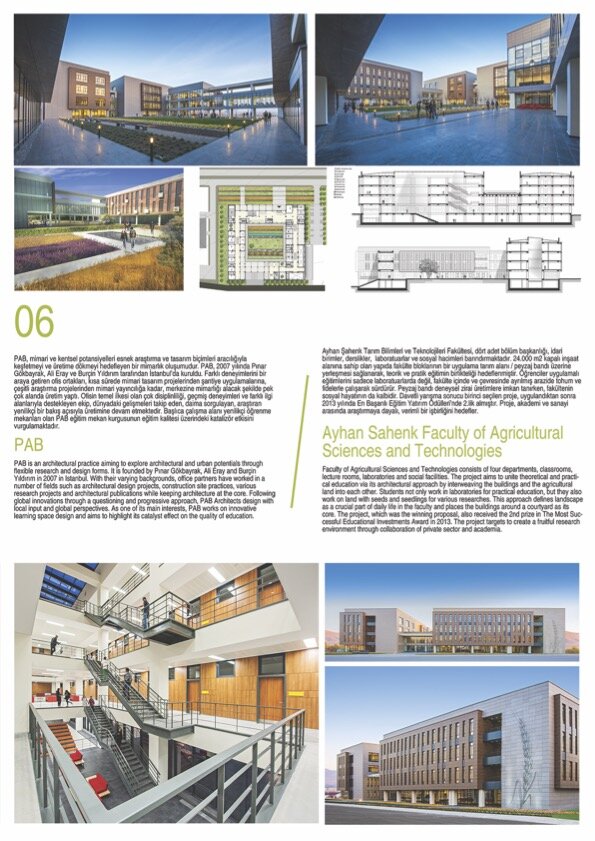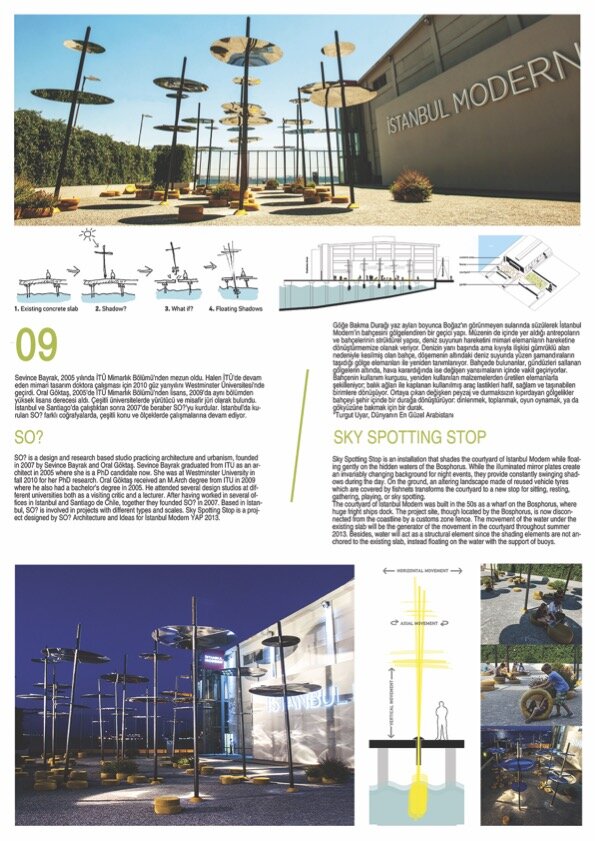‘[Other] Small Utopias’/‘[Öteki] Küçük Ütopyalar’ (2014)
Exhibition curator: Luca Orlandi
‘[Other] Small Utopias’ exhibition, organized and prepared within the frame of the 2nd Istanbul Design Biennial, deals with some of the most interesting and innovative works produced in the recent years by ten Turkish architectural firms. The heterogeneous collection of projects presented in the panels, both in terms of conceptual works or buildings really designed, proposes an overview of new architectural tendencies and scenarios in Turkey, mainly related to offices run by the youngest generation of architects.
The exhibition is part of the main ‘Small Utopias’ exhibition that presents instead a selection of Italian contemporary ‘new’ architecture between history, research and innovation. Without any attempt to compete with the Italian exhibition, the ‘Turkish’ Small Utopias projects should be seen as a survey on the new architectural scene on the other side of the Mediterranean Sea and it enhances a dialogue between two cultures and two countries, always in contact among each other since several centuries.
Turkey has entered the third millennium performing a strong and ambitious architectural agenda, especially in the post-metropolitan Istanbul, the real economic and financial center of the country. In those years some architectural firms were able to enter the market and became soon the leaders of the architectural and urban transformations, leaving their signature in almost all the new buildings and redesigning the cityscape. Today the city can be seen, in fact, as an example of an immense urban fabric rapidly growth in the era of globalization, in which contemporary architecture is mostly driven and supported by businesses and financial operations, as well as by real estate speculations and investments.
This exhibition does not aim to celebrate the ‘big’ contemporary architecture in Turkey; on the contrary, through the chosen projects, it is possible to emphasize a new sensibility towards the existing contemporary environment, explored and analyzed by the freshest generation of Turkish architects. In all the case studies there is a shared interest for the public space, a genuine interaction between the citizens (the real users) and the objects designed; this approach is very far from considering the architect as the protagonist of the architectural scene, dominating or imposing his own project above everything, especially in a period determinate by fast urban expansion; oppositely, the ten selected projects are always showing a visible awareness and a concrete dialogue between the local and the global architecture, the involvement into the social life, the paradoxes, the memory and identity of the architecture itself in the 21th Century Turkey.
There are not common themes among the projects, but a strong impression that all of them are elements of the same social and cultural ‘milieu’, just using different architectural languages and approaches to solve the problems. The choice of these authors can be seen as intent to show the diversity and complexity of a very assorted architectural panorama in which energy and ideas are continuously stimulating (and be stimulated by) the real environment. The exhibition offers in this way a new direction for a more awareness in the practice of architecture to be followed and experimented even more in the next close future.










